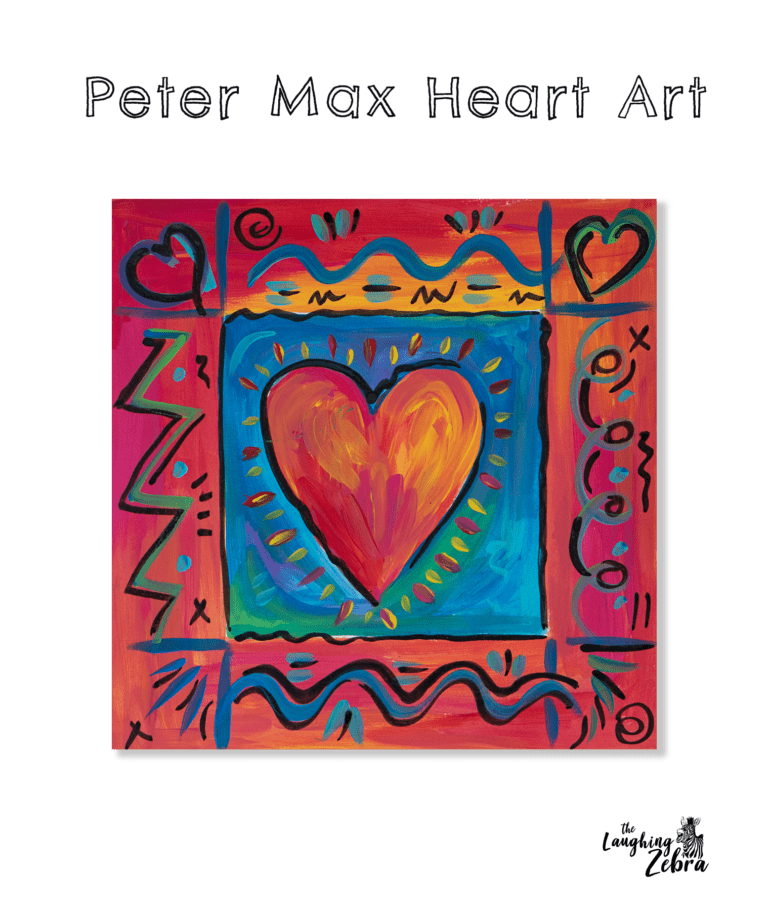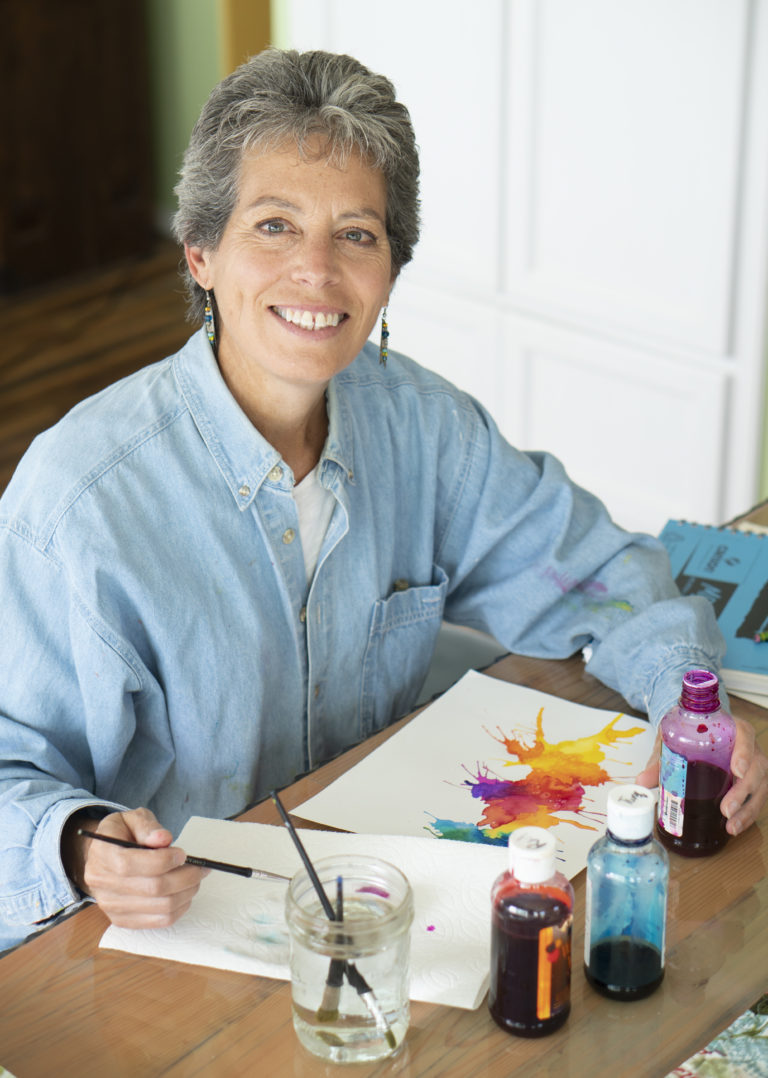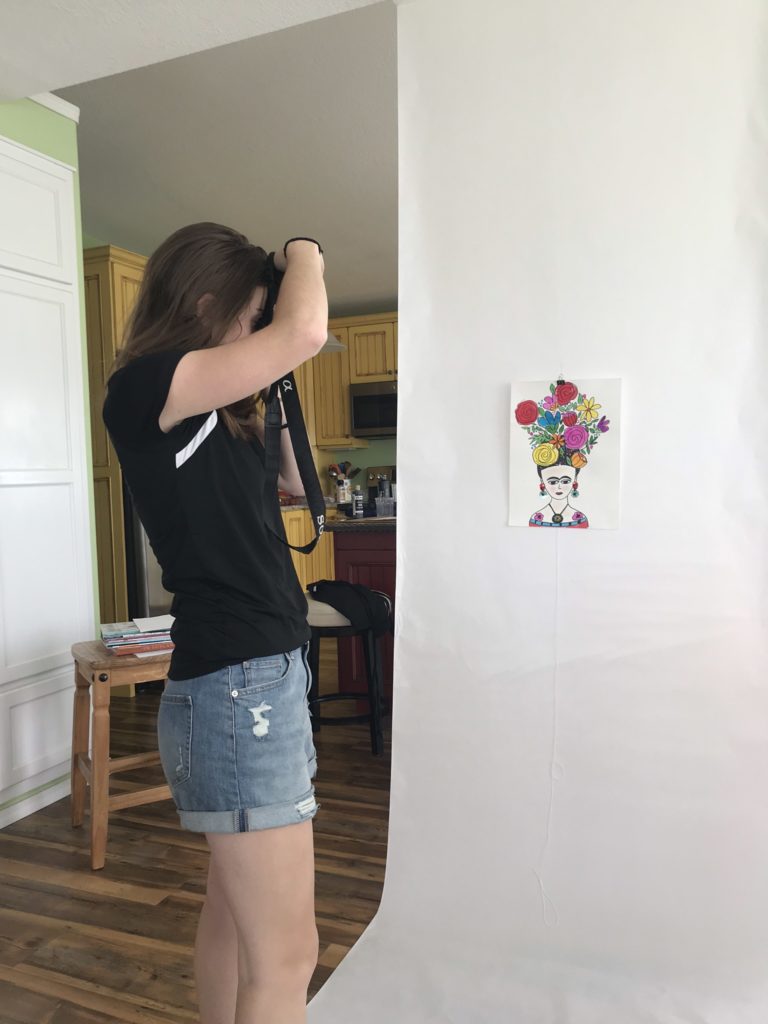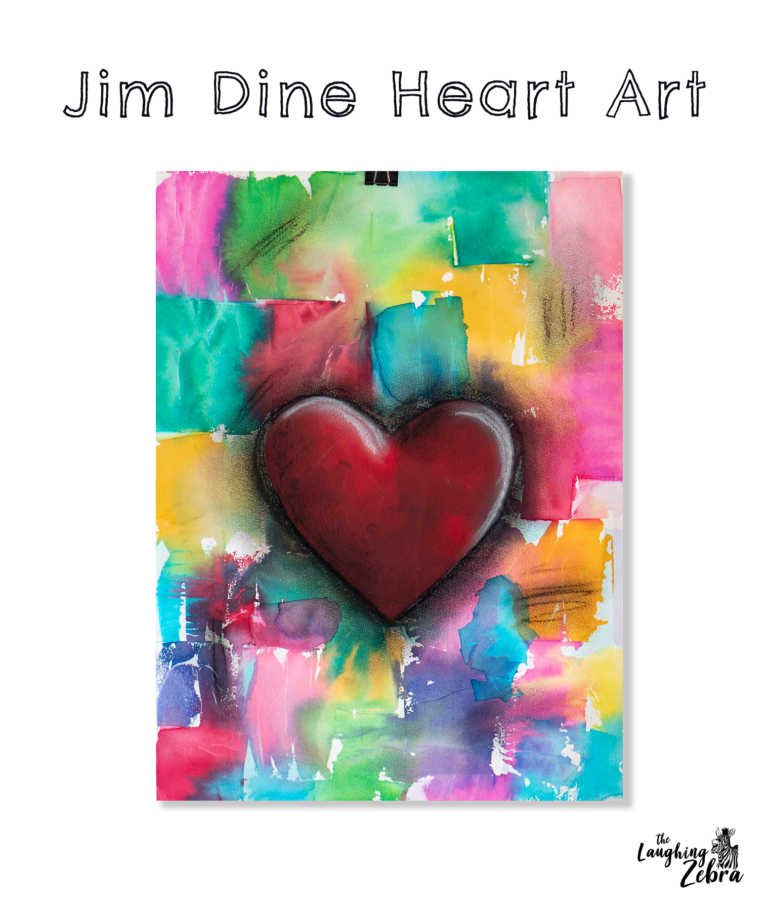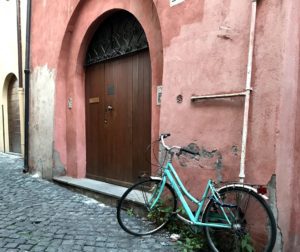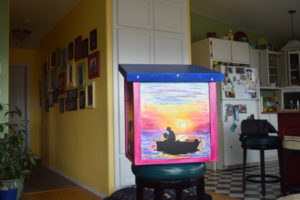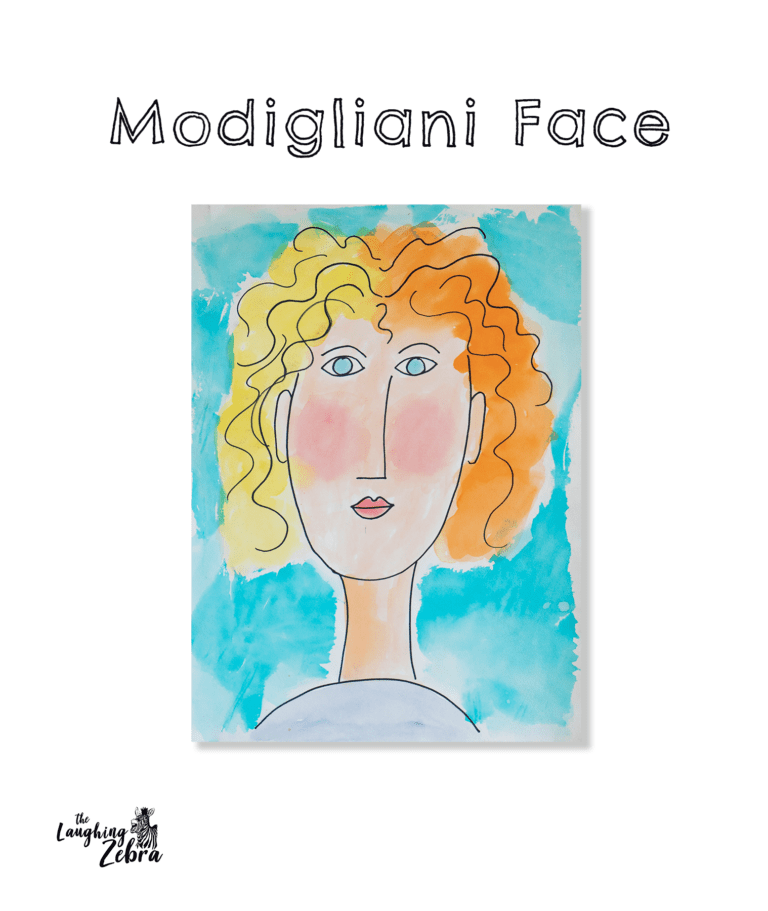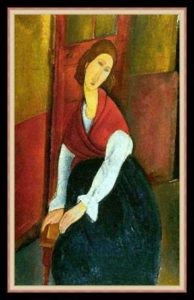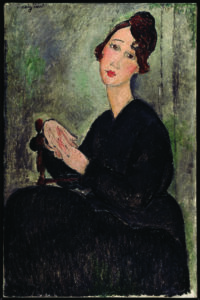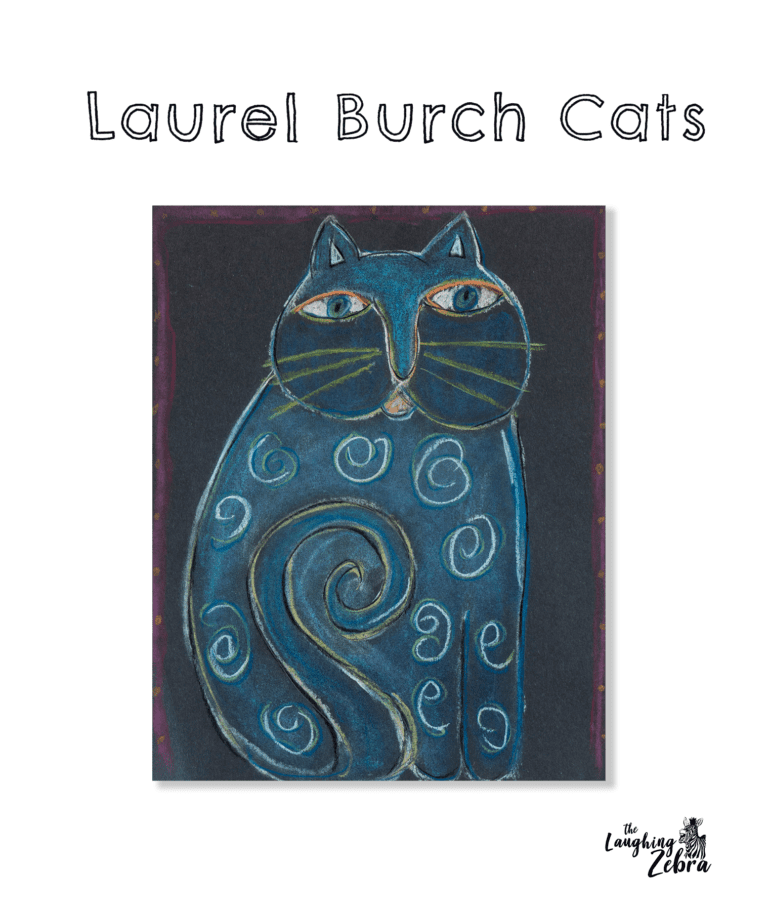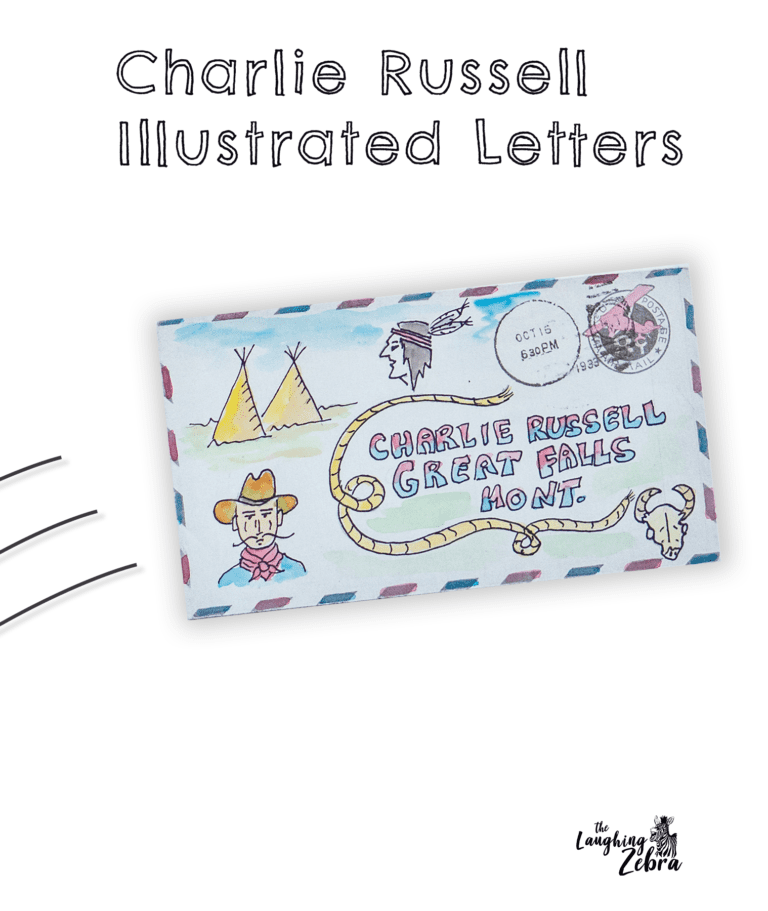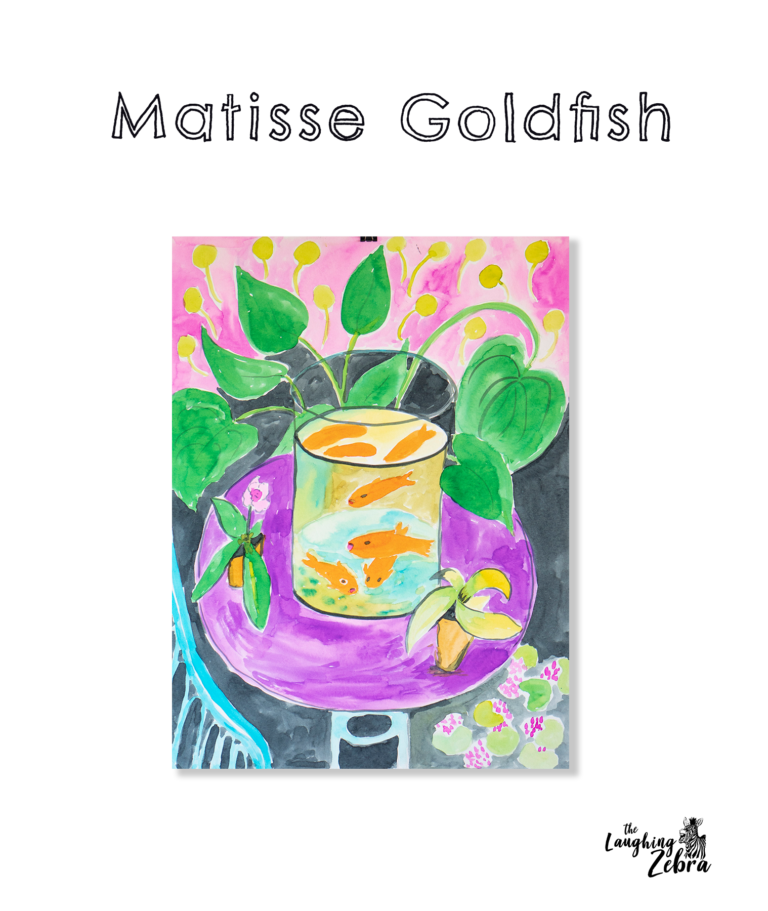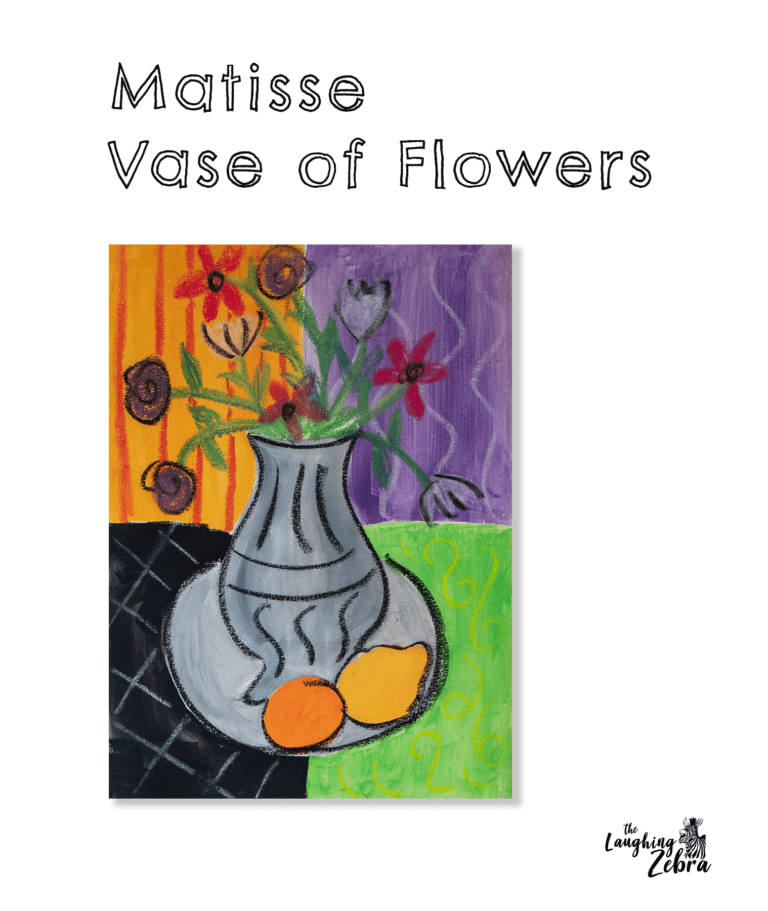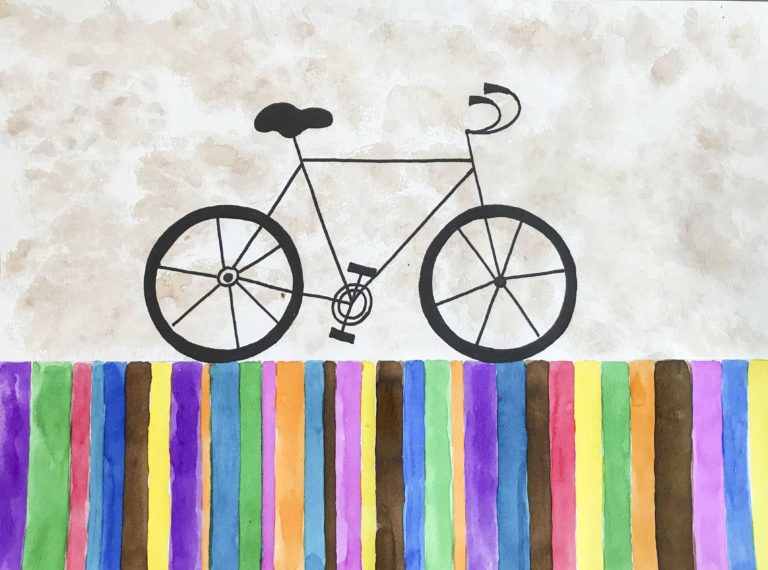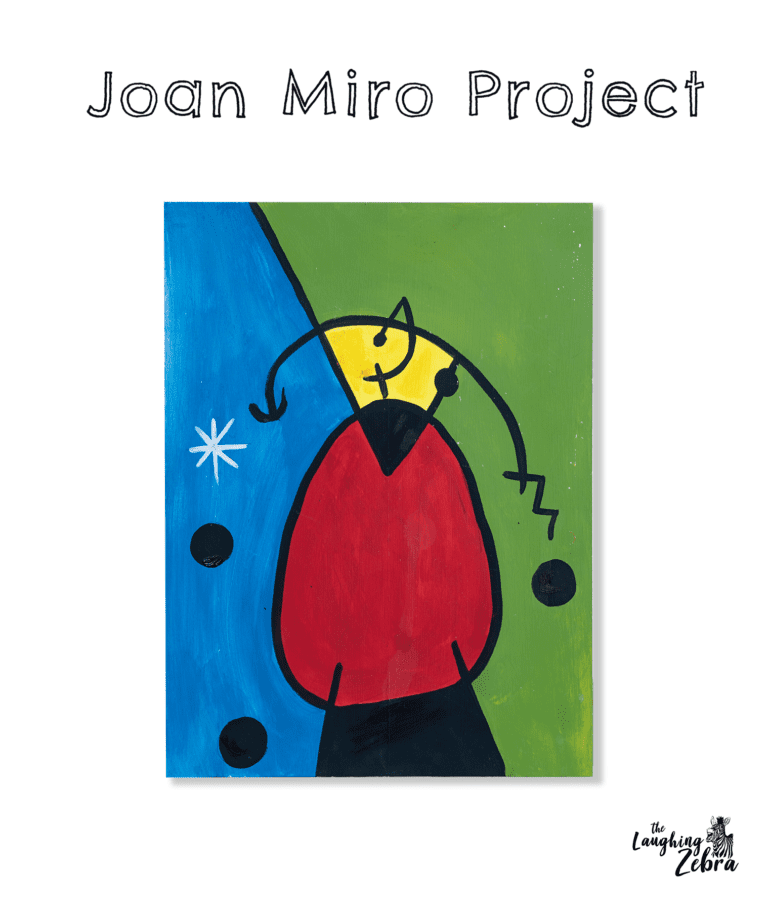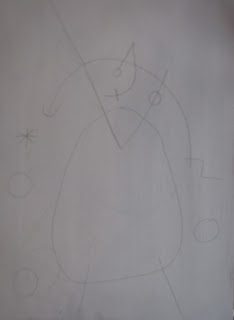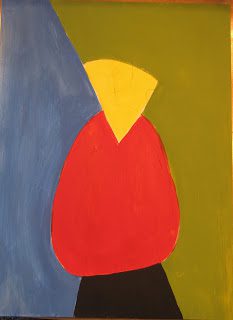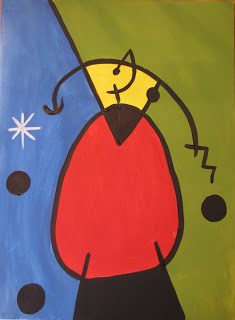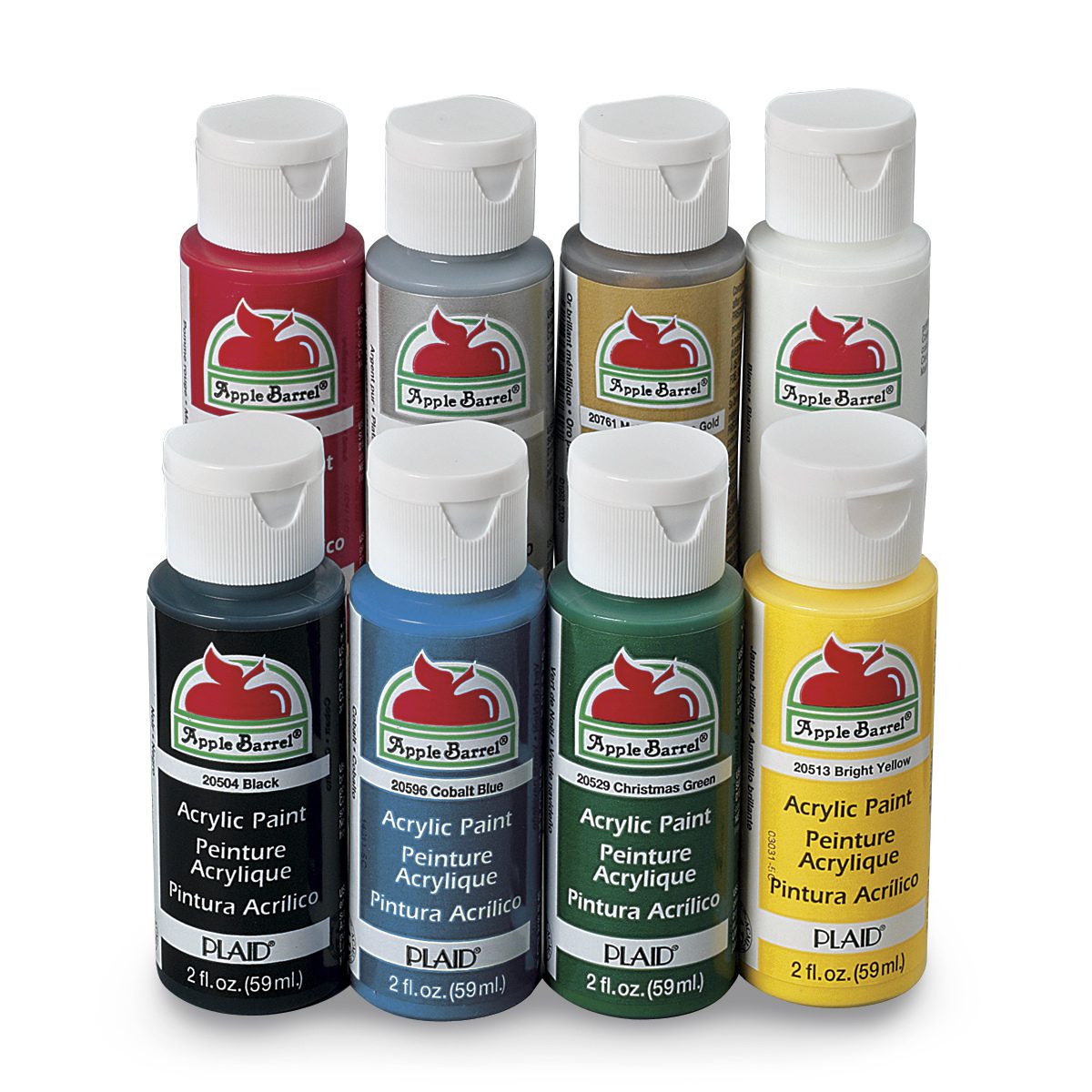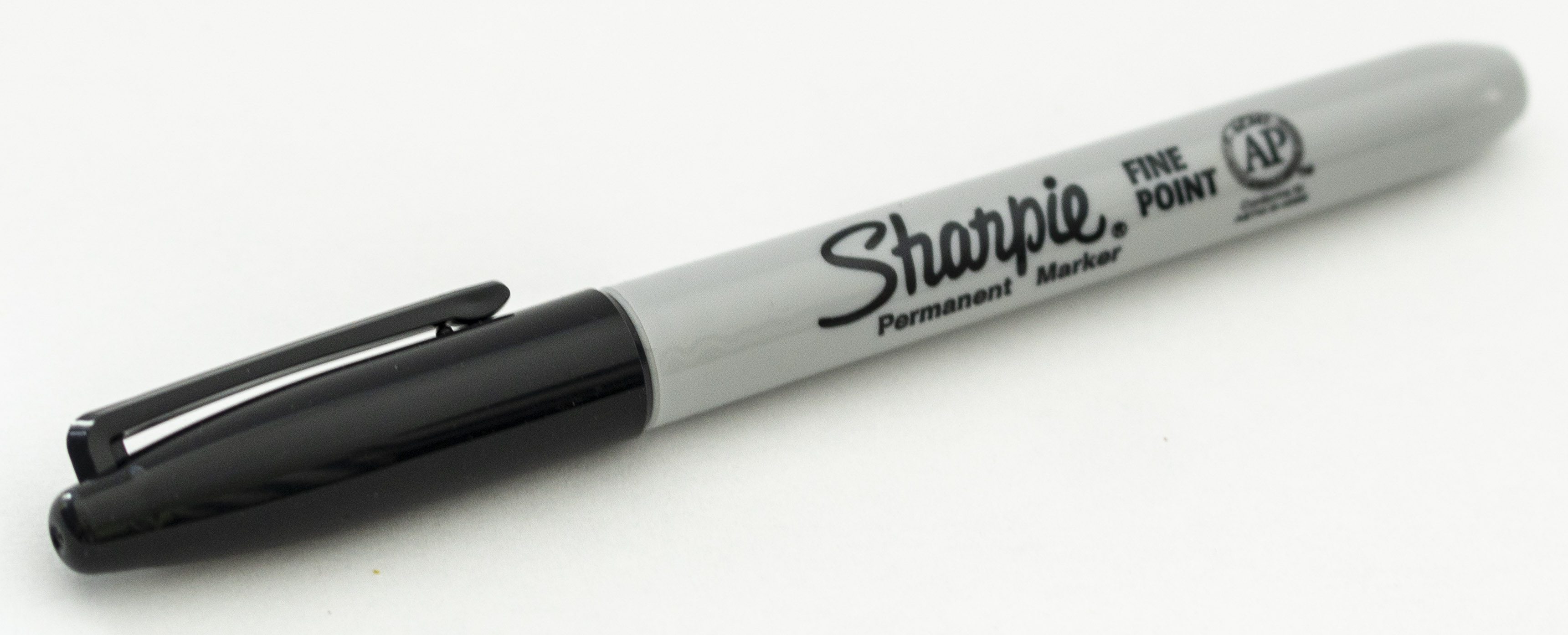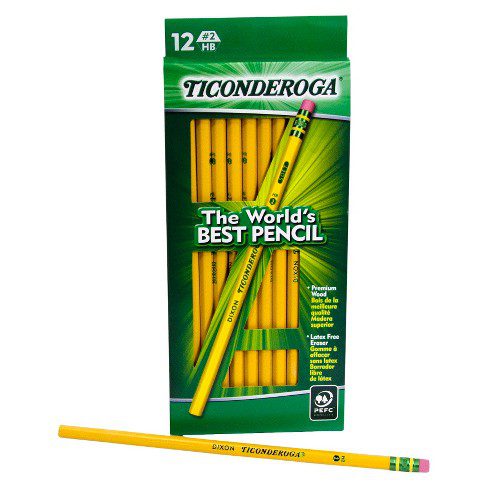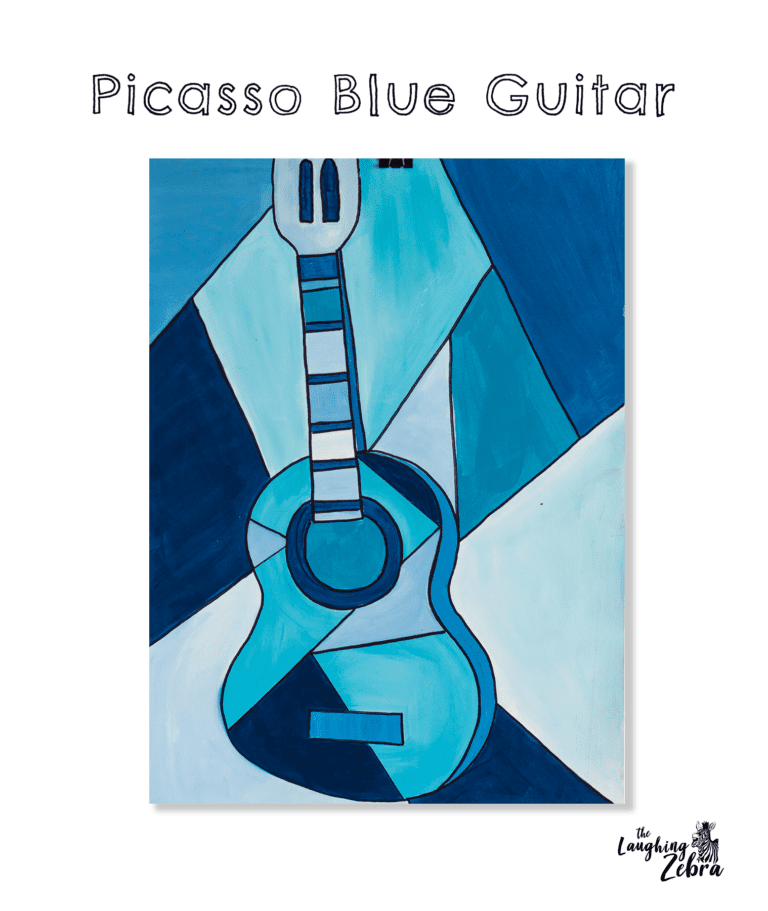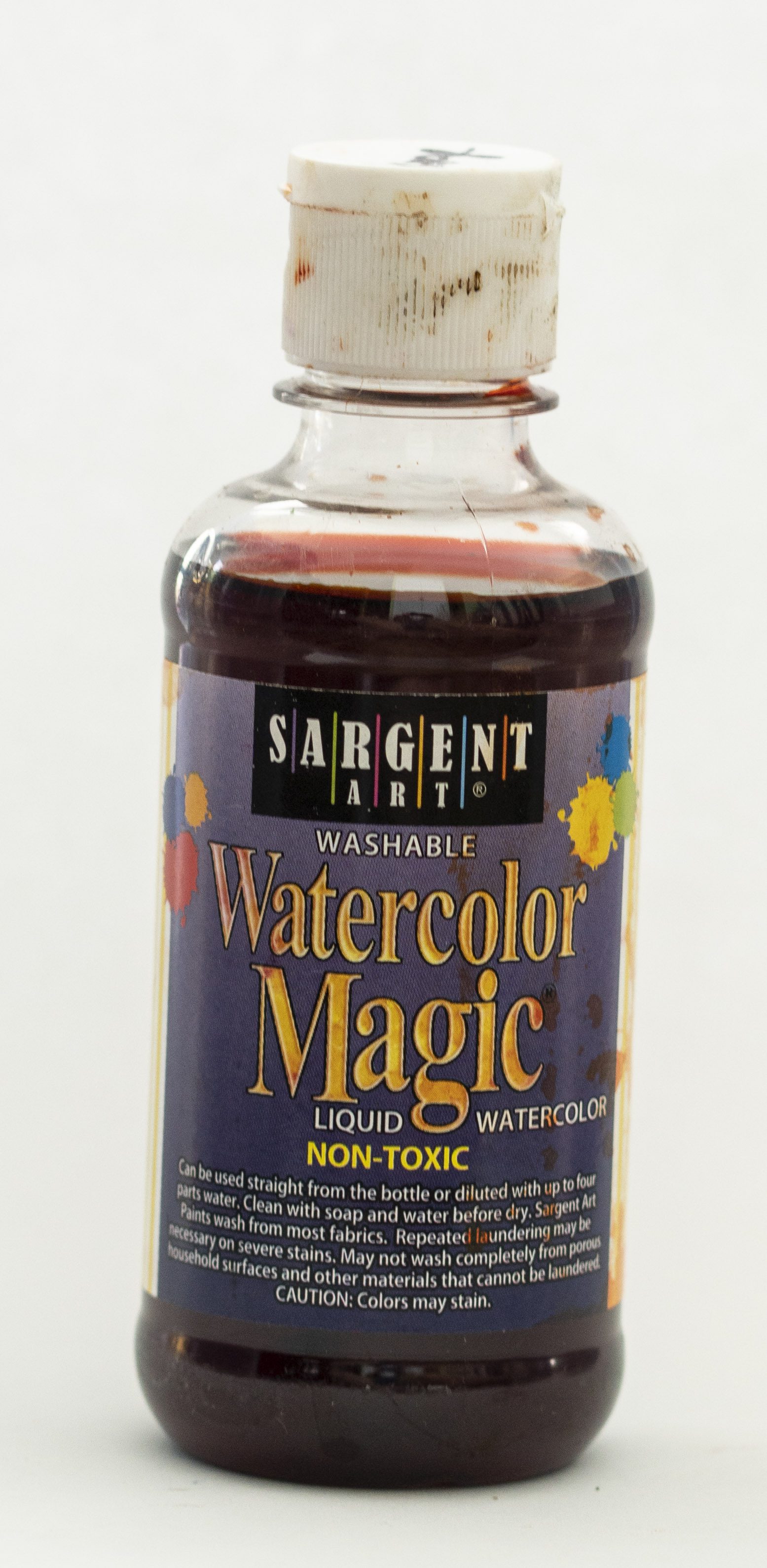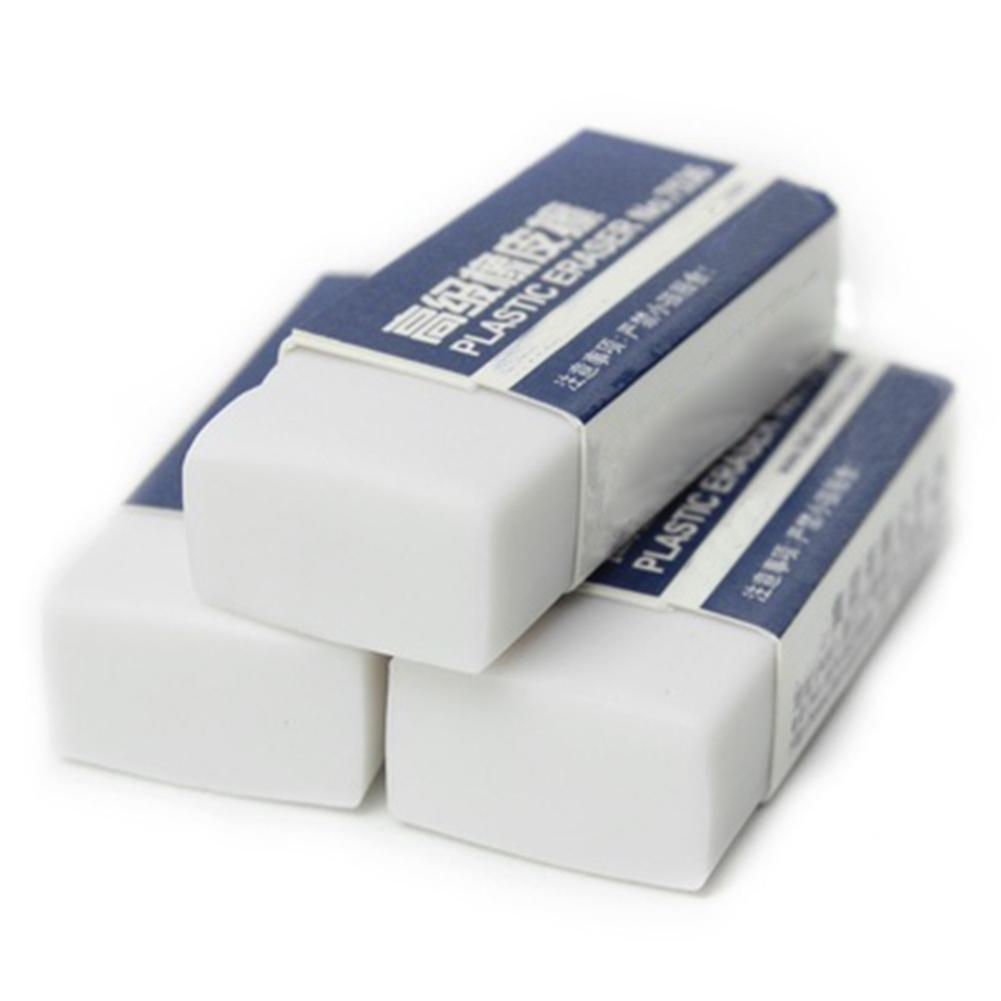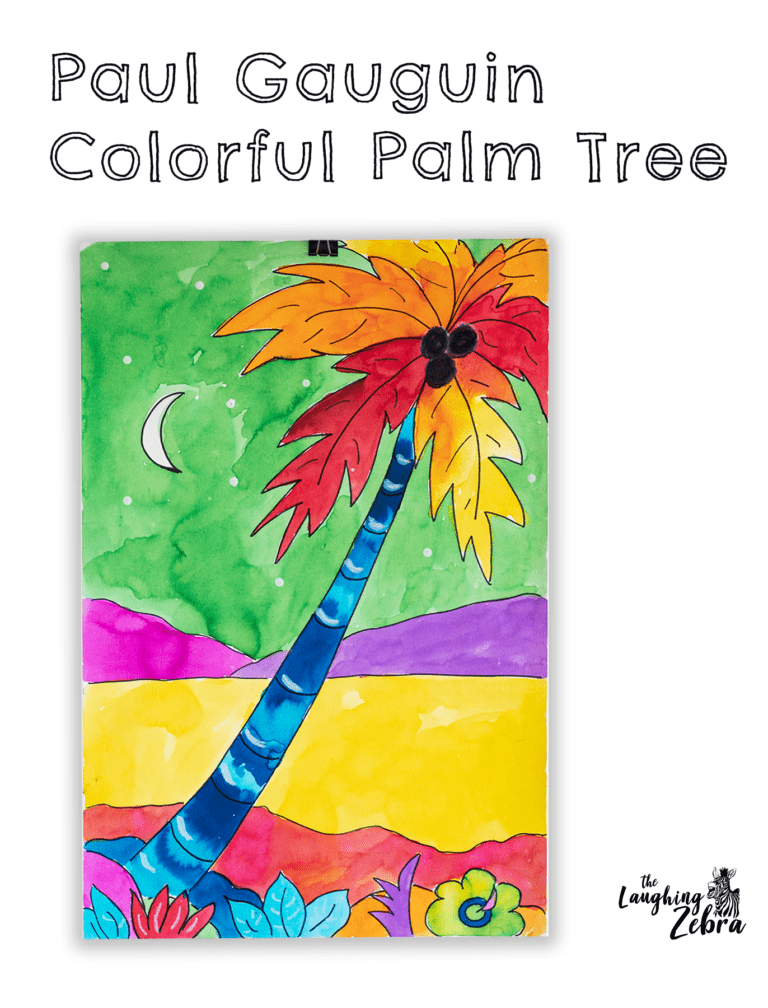My Top Ten for the Next Ten
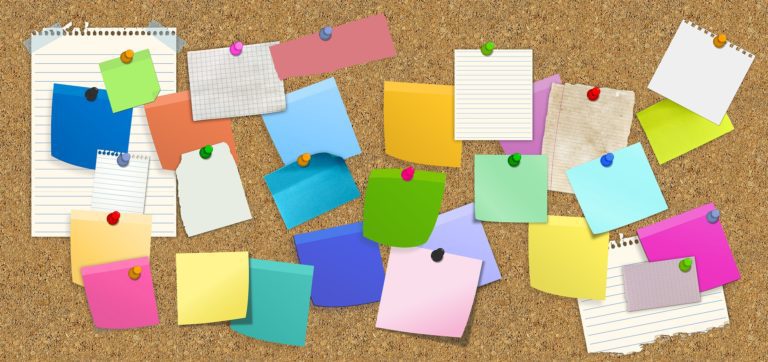
To all you moms and dads at home with the kids…. I know you must be going a bit crazy by now trying to keep your kids occupied and content. As an art teacher and artist I always tended to gravitate toward an art project of some kind when my kids were home during school breaks. I guess it is what I am most comfortable with and art gets the creative juices flowing which tends to be relaxing and engaging at the same time. Plus there are hidden things to learn and skills to master. A win win! I thought I would throw out some projects/ideas to help you find some fun artistic outlets.
So, in honor of the 10th day off school for us here in Montana I am posting a list a day for the next 10 days of 10 crazy, exciting, unusual, artsy, fun things to keep your kids and you smiling and learning some new things.
Check back tomorrow for my first list (hint: This one will include some great videos and art sites for kids to explore)!

